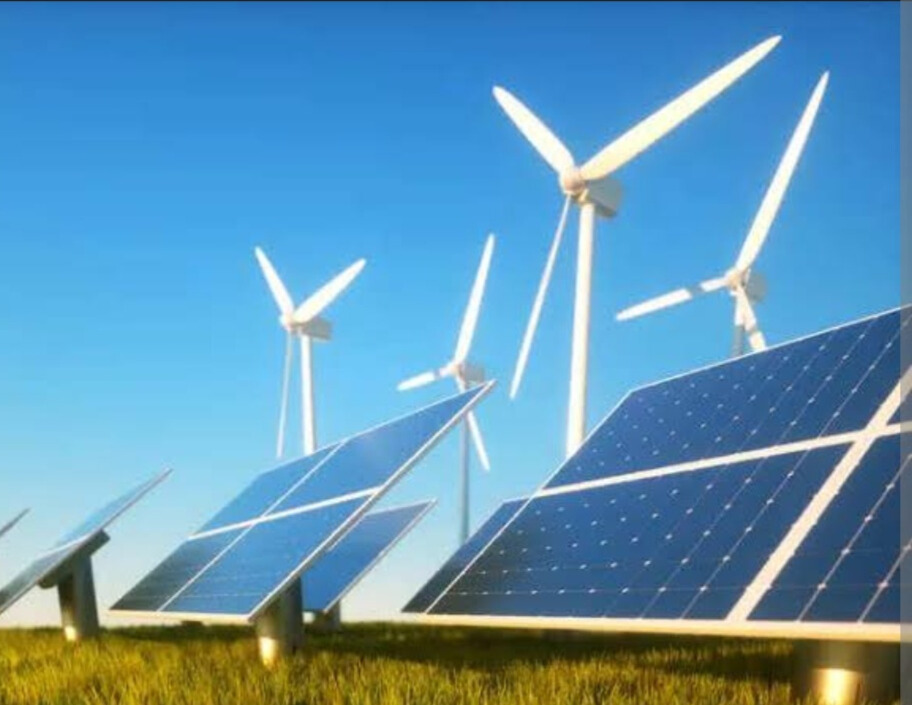Renewable energy accounted for 71 per cent of India's new power generation in FY 24
In fiscal year 23-24, India generated 26 GW of new power, with over 70% of it coming from renewable energy sources (RE).

India has achieved a total installed energy capacity of 442 GW, out of which Renewable Energy (RE) accounts for about 33% or 144 GW, and hydroelectricity contributes 11% or 47 GW, according to a report by CEEW Centre for Energy Finance (CEEW-CEF). The share of coal in India's total installed capacity has fallen below 50% for the first time.
According to a report, solar energy, which includes grid-scale and rooftop installations, continues to be the major contributor to India's renewable energy (RE) capacity, constituting around 81% (i.e., 15 GW) of the total RE addition in FY24. Wind capacity has almost doubled, reaching 3.3 GW as compared to 2.3 GW in FY23. Moreover, nuclear capacity (1.4 GW) has been added for the first time since FY17. In line with India's ambitious renewable energy targets, RE auctions have hit a record high, with approximately 41 GW of auctioned capacity in FY24.
Join PSU Connect on WhatsApp now for quick updates! Whatsapp Channel

"Around 95 per cent of India's targeted 50 GW annual RE bidding trajectory was met in FY24. Bids of 47.5 GW that were issued are approximately three times the RE capacity that has been added annually in recent years" said Gagan Sidhu, Director, CEEW-CEF.
Read Also : Indian Bank Hands Over Sanction Letters Worth Rs 1,011 Crore to Over 3,000 WomenAccording to the report, there was an increase in peak power demand, reaching a record high of 240 GW in FY24. This was attributed to a rapidly growing economy, as well as weather anomalies such as lower-than-expected rainfall and above-normal temperatures.
The report also mentions that the Ministry of Power has made amendments to the Electricity Rules of 2022, which mandate the sale of surplus power on exchanges. This is expected to improve supply-side liquidity and promote competitive prices on power exchanges.
Read Also : Government approves several recommendations and appointments